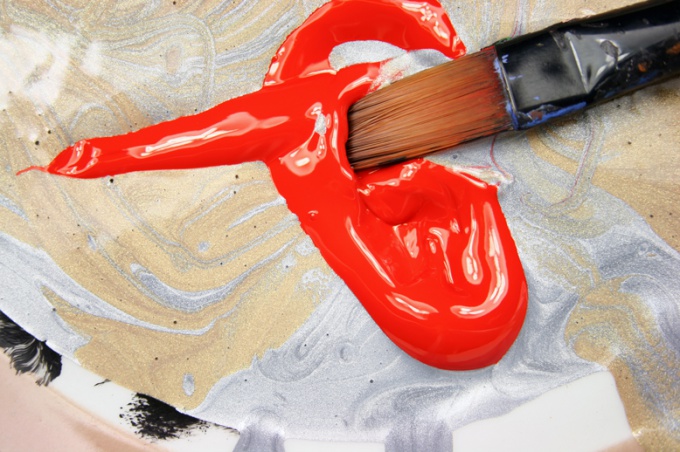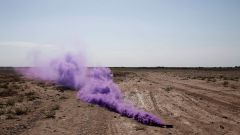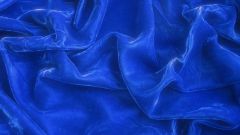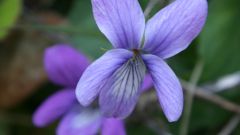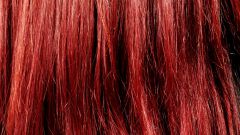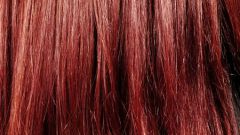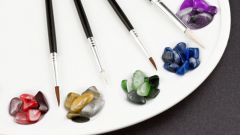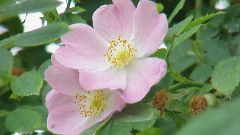Instruction
1
Typographic print based on the subtractive synthesis of the color (or CMYK color model). All the variety of colors in this color model is obtained by a combination of four basic colors: cyan, yellow, Magenta and black. The red color on the imprint of the printing machine is obtained by superposition of the two basic process colors – Magenta (Magenta) and yellow. The same method can be used, for example, when creating color prints. With these two inks, it is possible to obtain on paper the red color and even some of the shades. In areas of superposition of two inks (when printed from different printing forms) figure painted in red color.
2
Adjusting the ratio of colors in the direction of increasing the number of any one of them, you can get shades of red color from cool purple to warm orange-red. The CMYK system is also laid down in a basis of work color printers. This color model you use and a professional selection of color inks based on special pigments (for painting cars, finishing of facades and interiors of buildings in the textile industry).
3
To get red color on fabric or yarn, they can be painted with natural red pigment obtained from the flowers of Hypericum, safflower, the roots of the madder and bedstraw Northern (or natural). Boil in water the crushed parts of plants, and in the resulting broth boil the fabric or yarn in an hour. Wool pre-etch solution aljumokalievyh alum.
4
From the flowers of bedstraw is possible to paint, coloring various materials in brightred color. For the dried powdered flowers boil for 30 minutes with addition of alum. Vegetable red dye can be obtained, and on evaporation to a thick residue of decoctions of flowers of St. John's wort and safflower. From the orange lichen (wall of zolotanka) is obtained cherry paint. To do this, chop the moss and fill it with a solution of potassium hydroxide or baking soda. Three minutes later the paint finish.
5
Red in nature is quite common. Therefore, various shades of red are often called their natural owners: berries, fruits, minerals and flowers. Raspberry, cherry, pomegranate, ruby red, terracotta, pink, coral, blood-red, scarlet, wine, Burgundy, Bordeaux all these colors are the red colors. To produce a variety of red shades used in the painting of paints based on different red pigments that give either warm or cool shades. Cold Golden purple or red (ruby-red), warm cadmium lightred, orange-red burnt Sienna and raw Sienna – these paints in different combinations it is best to use to get a variety of shades of red color.
Useful advice
Adding achromatic colors (white, gray and black) to red (warm or cold tones) you can get a wide range of shades, varying lightness, saturation, and brightness. Gray color hides the richness of the red, black makes the color darker, and with white to get pastel shades.
